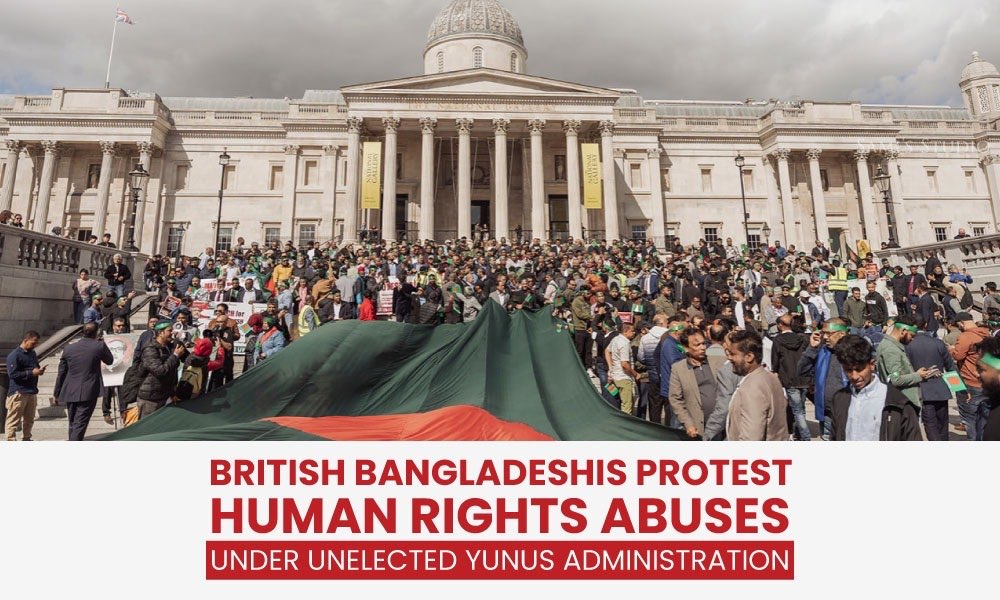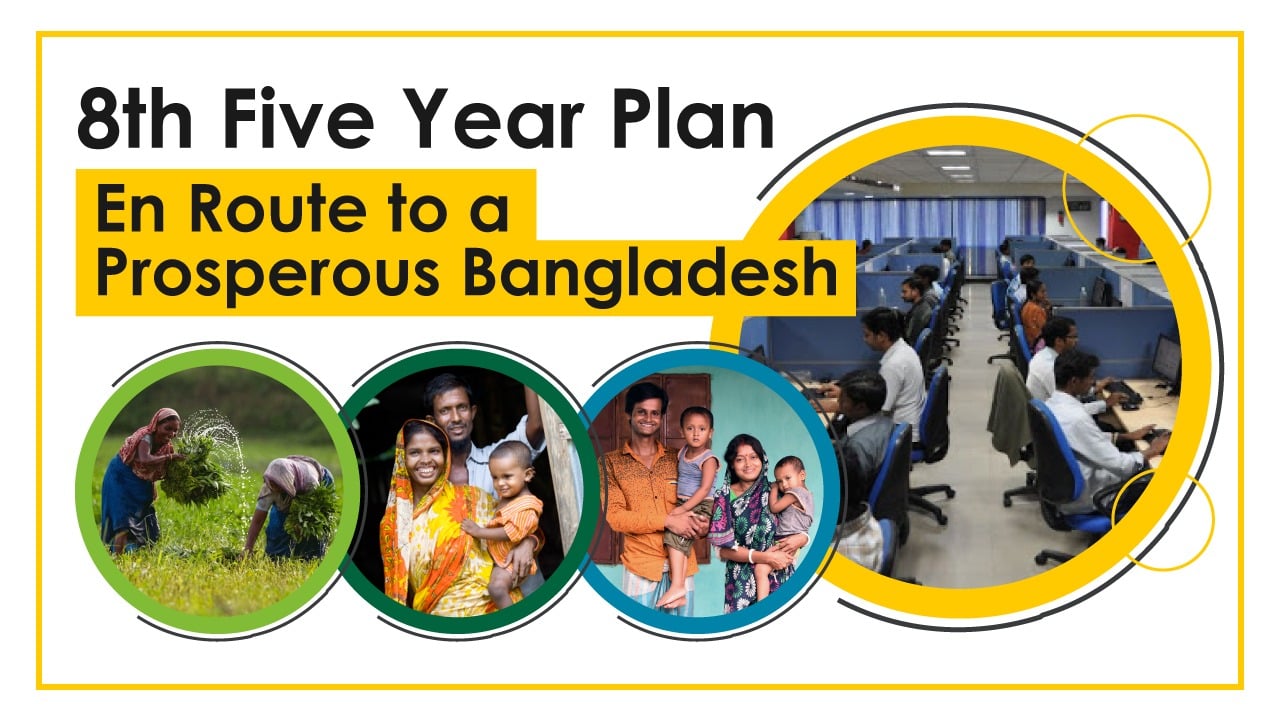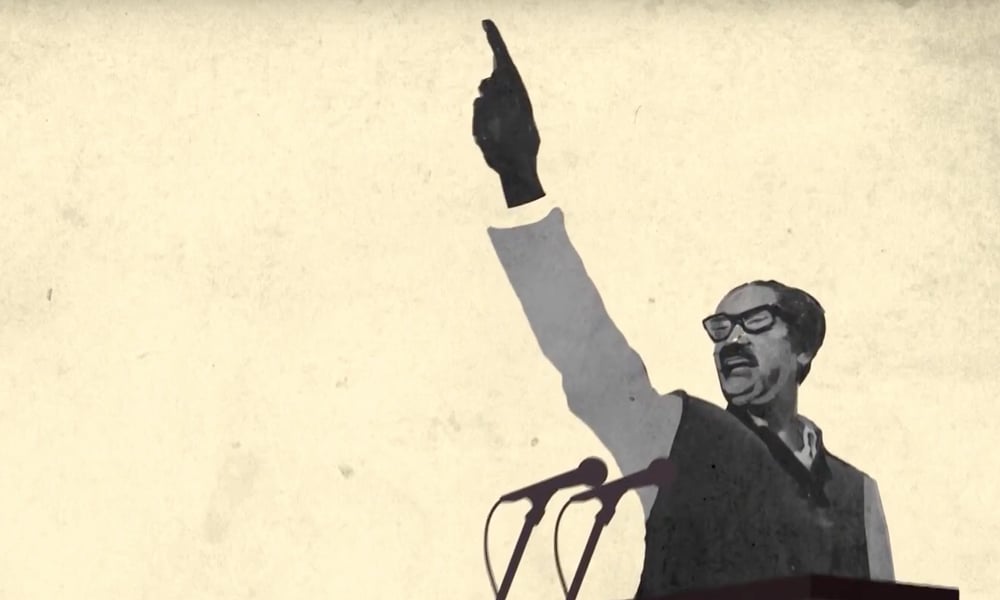5911
Published on September 11, 2014Mentioning Bangladesh as a champion country in ‘Global Education First Initiative’, UNESCO Director General Irina Bokova said, “Prime Minister Sheikh Hasina is a strong advocate on world stage in girls and women education”.A month earlier, in July, the Bangladesh Prime Minister was invited to attend the first ever Girl Summit in London for her firm stance against child marriage and outstanding performance in empowering women. These are the results of meeting the MDG goals well before the stipulated deadline.
Sheikh Hasina is a strong advocate on world stage in girls and women education”.A month earlier, in July, the Bangladesh Prime Minister was invited to attend the first ever Girl Summit in London for her firm stance against child marriage and outstanding performance in empowering women. These are the results of meeting the MDG goals well before the stipulated deadline.
On 7th September, 2014, Planning Commission of Bangladesh has revealed a report focusing on the progress in achieving the MDGs. This report illustrated the accomplishments till today in racing for meeting the goals. It revealed that Bangladesh has done a praiseworthy act by attaining one-third of the indicators and meeting five out of eight goals.
Attaining the Indicators
There are 60 indicators against 8 MDGs. More than one-third of the 60 indicators have been achieved or on track to achievement. Twelve (12) indicators, like poverty alleviation, eradication of child malnutrition, boy and girl ratio in primary education, reduction of mortality of infants under five years of age, combating HIV, malaria, tuberculosis, have already been fulfilled.
Regarding nine other indicators, naming, registration in primary education, reduction of infant mortality, immunization, maternal mortality reduction, prevalence of HIV, treatment of children under five years of age for malaria, reduction of death rates due to tuberculosis and access to drinking water, Bangladesh is on right track, if we consider the deadline of December, 2015.
 In achieving the goals, Bangladesh is way ahead of most of the South Asian countries. The country has already been awarded for its achievement in reducing child mortality, halving the incidence of hunger and reducing poverty.A recent report by Social Progress Imperative (SPI) revealed that Bangladesh has made remarkable social progress, which SPI sees as a ‘development surprise’, in South Asia. Only Sri Lanka is ahead of this promising country. This report is not related with MDGs, but it gives a clear outline of the development works in Bangladesh.
In achieving the goals, Bangladesh is way ahead of most of the South Asian countries. The country has already been awarded for its achievement in reducing child mortality, halving the incidence of hunger and reducing poverty.A recent report by Social Progress Imperative (SPI) revealed that Bangladesh has made remarkable social progress, which SPI sees as a ‘development surprise’, in South Asia. Only Sri Lanka is ahead of this promising country. This report is not related with MDGs, but it gives a clear outline of the development works in Bangladesh.
Five Goals Attained
Bangladesh is racing to reach the targets to make itself an example to the developing and least developing countries. Except during the last BNP-Jamaat regime, it has always been on the right track to meet these targets. Two recognitions from United Nations, two South-South awards for poverty reduction and health and a memento from UNESCO definitely prove the country’s effort.
The first goal was to eliminate extreme poverty and hunger.Bangladesh has made commendable progress regarding the goal. Steady economic growth rate of 6 percent, improvements in several social indicators like increased life expectancy, reduced fertility rate, etc. have played important roles to this achievement. In 1990, more than 57 people of the country’s population out of 100 was living under the extreme poverty line. Bangladesh was targeted to reduce the number to 28.5 percent. In 2010, the number of people living under extreme poverty line was 31. In 2013, the number fell down to 26 out of 100. The gap between poverty and extreme poverty is also been reduced to 6 percent which was targeted in 8 percent. For these attainments, South-South Cooperation has awarded Bangladesh in 2013.
Bangladesh has attained the goal to provide primary education to everyone. Significant progress has been made in increasing equitable access in education, reduction of dropouts, improvement in completion of the cycle etc. Gender parity in primary and secondary education has already been achieved. Net enrollment in primary education was 98.5 percent in 2011 from 60.5 percent in 1990.
In promoting gender equality and empowering women, Bangladesh is right on track. The country has already met the goal of gender parity in primary and secondary education at the national level. This positive development has occurred due to some specific public interventions focusing on girl students such as stipends, and exemption of fees for girls in rural areas and the stipend scheme for girls in the secondary level. Bangladesh is also on track in acquiring gender parity in tertiary education. There is also a sharp increase in the number of women parliamentarians elected in the election which is now 20 percent from 12 percent in 1990.
 Reducing child mortality was a major challenge for Bangladesh for its condition of health sector in 2000s. Shortages of hospitals, doctors, skilledobstetrician/midwife were the reasons of high mortality rate of the newborn and children under five years of age. The scenario started to change from 2009 after Bangladesh Awami League-led government took office and started to put effort in reaching the goal. It resulted in reduced rate of child mortality in 2011. The rate decreased to 44 per 1000 live births from 146 in 1990. Country-wide immunization programs, control of Diarrheal diseases, Vitamin-A supplementation are the keys to the decline in child and infant deaths.
Reducing child mortality was a major challenge for Bangladesh for its condition of health sector in 2000s. Shortages of hospitals, doctors, skilledobstetrician/midwife were the reasons of high mortality rate of the newborn and children under five years of age. The scenario started to change from 2009 after Bangladesh Awami League-led government took office and started to put effort in reaching the goal. It resulted in reduced rate of child mortality in 2011. The rate decreased to 44 per 1000 live births from 146 in 1990. Country-wide immunization programs, control of Diarrheal diseases, Vitamin-A supplementation are the keys to the decline in child and infant deaths.
Improving maternal health was a key concern in improving the country’s health sector. As the families in rural areas were not used to going to hospital and no reliable skills of the midwives, mortality rate was as high as 574 in 1990. The scenario become completely different in 2010 as the mortality rate came down to 194. This rate depicts that the goal will be achieved in 2015, which is evidently a success.














